The world's smallest nations and their incredible stories
Fascinating micronations around the world
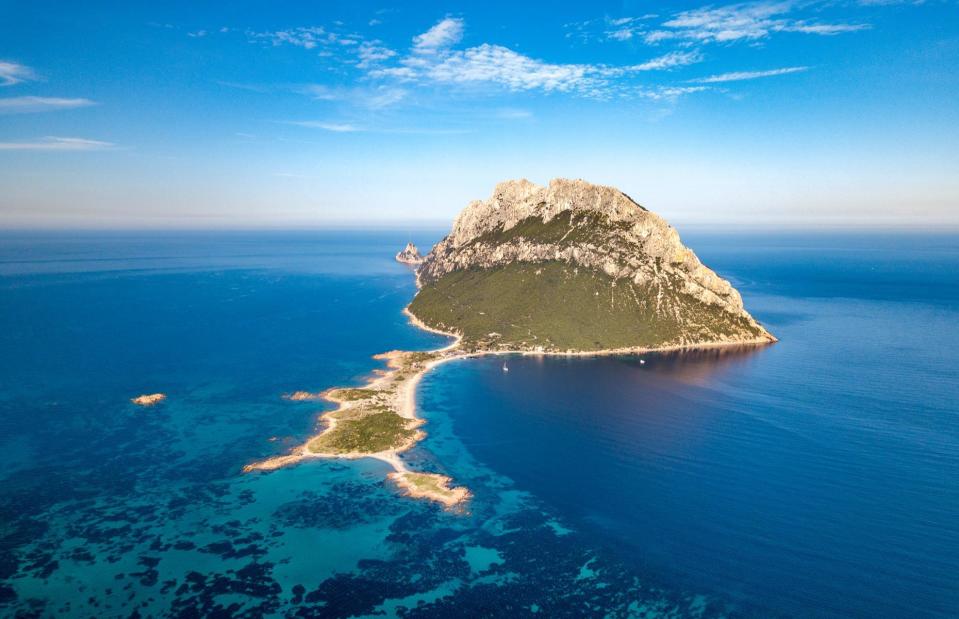
Marco Alien/Shutterstock
Forming your own country might sound like a dream to many. Yet some creative folks have made their fantasy a bizarre reality. They're not recognised by any governments in the world, but these so-called micronations are spread all over the globe, some of them consisting of just a bedroom.
Read on to discover the world's tiniest unofficial nations and the secrets they keep...
Freetown Christiania, Copenhagen, Denmark
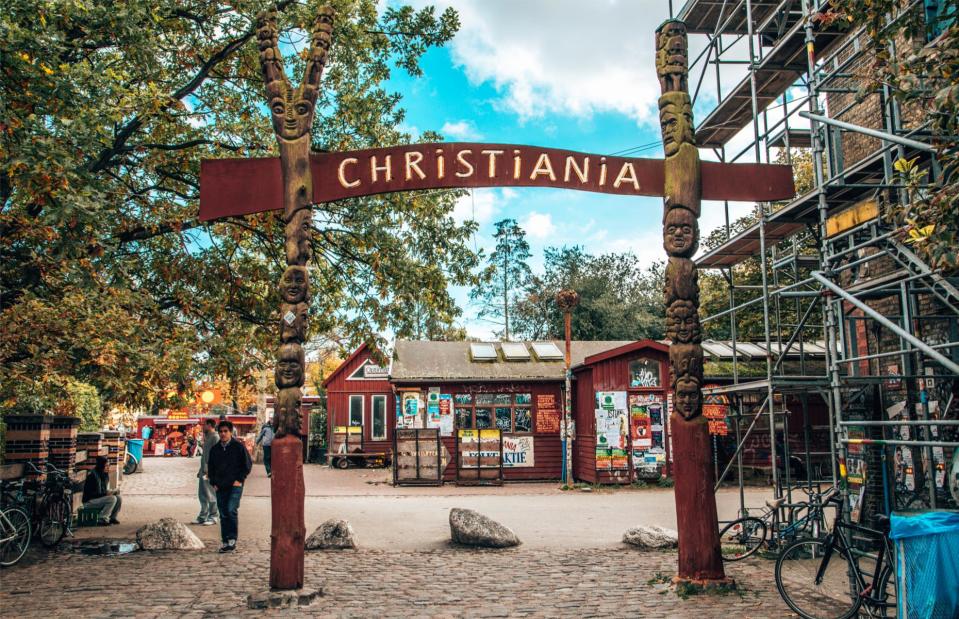
Ingus Kruklitis/Shutterstock
One of the most established and well-known micronations in the world, Freetown Christiania in the Danish capital of Copenhagen, proclaimed its independence in 1971. Around 1,000 people – some of them third-generation residents – live in the autonomous neighbourhood, which has been a source of controversy since its creation.
Freetown Christiania, Copenhagen, Denmark
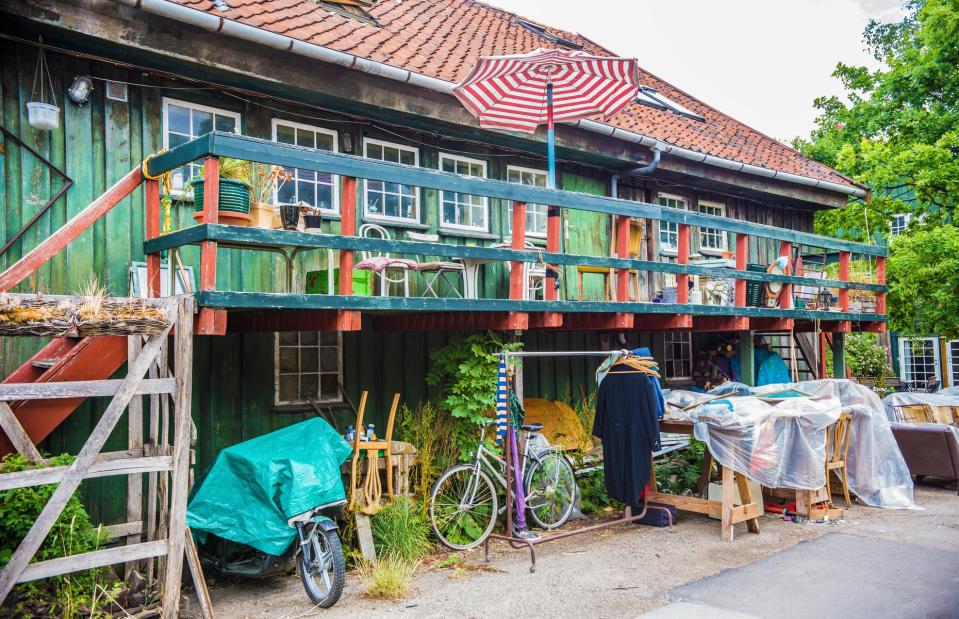
Sun_Shine/Shutterstock
A group of hippies initially squatted on the former military base in the borough of Christianshaven and declared the site of the barracks a 'free zone'. Cannabis, which remains illegal in Denmark, has been sold openly in the aptly named Pusher Street of Christiania (officially called the Green Light District) ever since but tolerated by the authorities.
Freetown Christiania, Copenhagen, Denmark
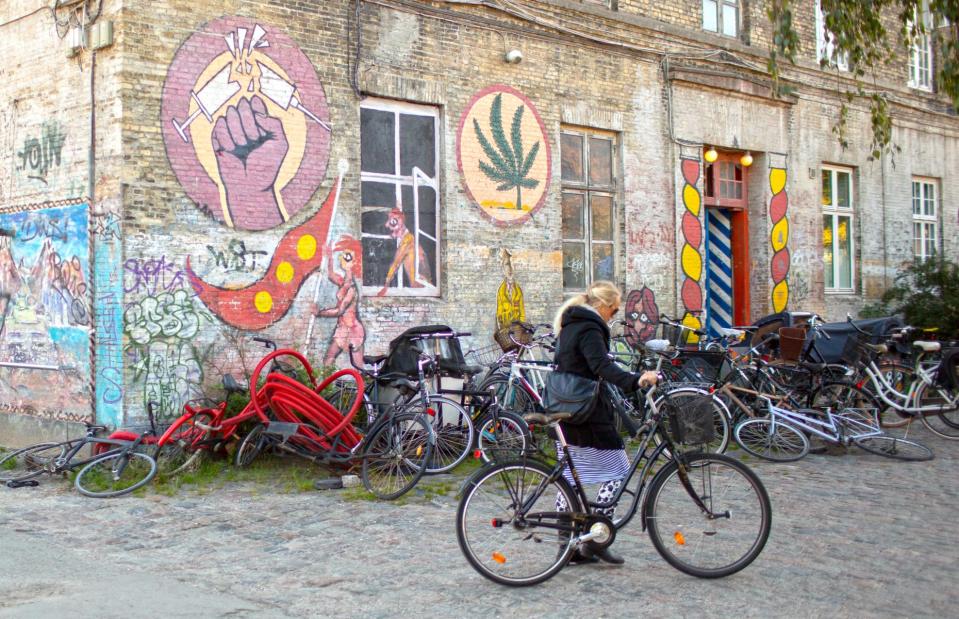
Dreamer Company/Shutterstock
Murals all over the buildings show the community's open approach to drugs, while those living there are happy to show Christiania off to anyone who visits. The small community now has a visitor centre with information about the 'nation's' history, see its former currency and stamps, and its three-dot flag.
It's said this quirky quarter of Copenhagen is the second most popular tourist attraction in the Danish capital, after the Tivoli Gardens.
Freetown Christiania, Copenhagen, Denmark
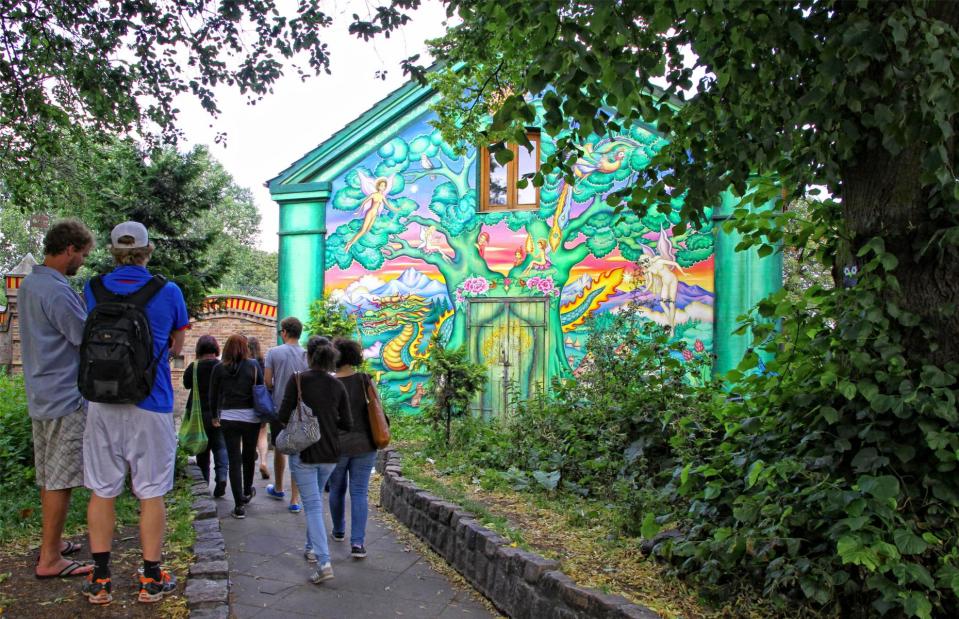
katatonia82/Shutterstock
Visitors are welcome but should respect three rules written on a sign at the entrance to the Green Light District: 'Have fun', 'Don't run' (as this is said to cause panic) and 'No photos' of people selling or consuming marijuana.
Republic of Whangamomona, North Island, New Zealand
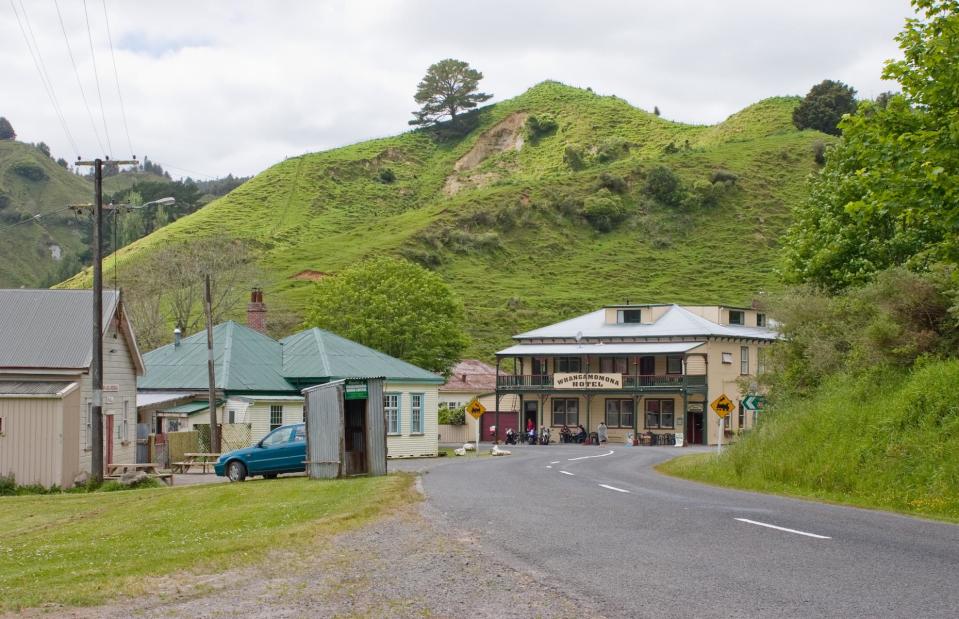
Aidan Wojtas/Wikimedia Commons/CC BY-SA 2.0
First settled in 1895, the small town of Whangamomona is (controversially) located in the rural Manawatu-Wanganui Region on New Zealand's North Island. However, after the regional council redrew boundaries in 1989, the frustrated residents declared themselves a republic as an act of protest rejecting involvement in the region.
They even held their own presidential elections.
Republic of Whangamomona, North Island, New Zealand
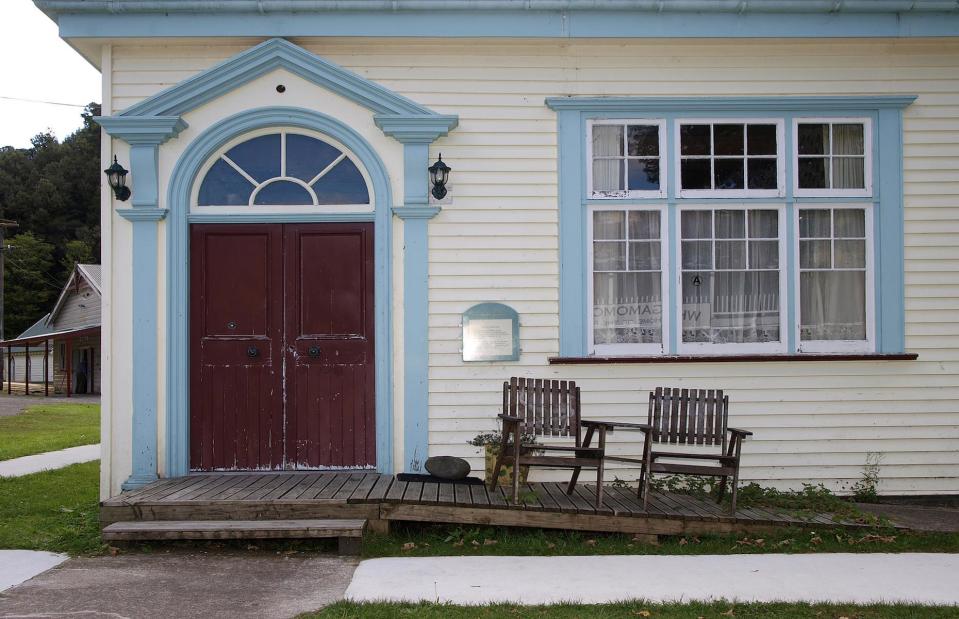
Ulrich Lange/Wikimedia Commons/CC BY-SA 3.0
Though its creation began as a protest, Whangamomona now sees itself more as a tongue-in-cheek republic. Its former presidents included a goat and a poodle.
Its biennially celebrated Republic Day is usually attended by thousands.
Republic of Whangamomona, North Island, New Zealand
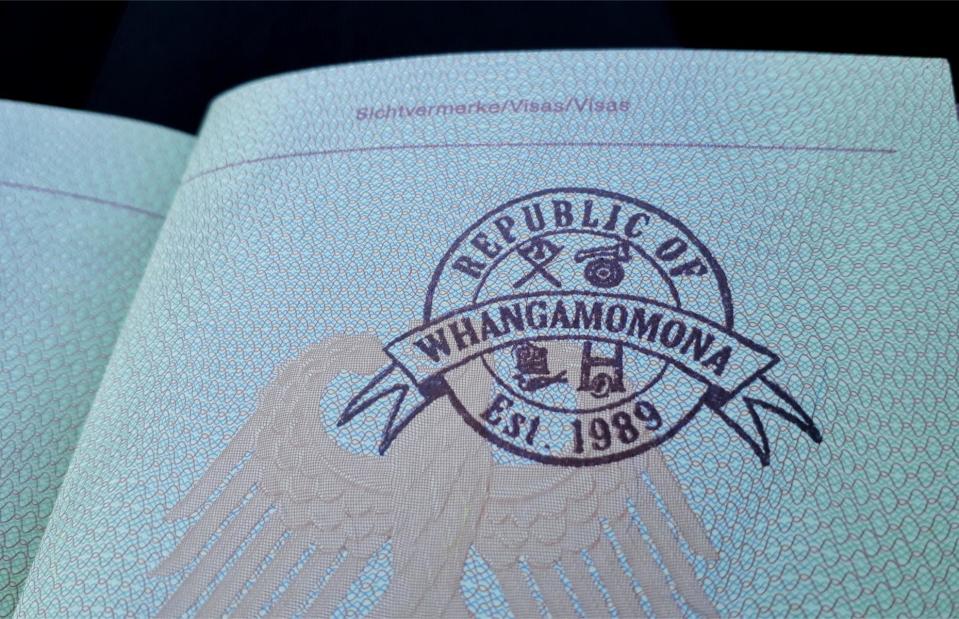
Happy Auer/Shutterstock
Passports and passport stamps are issued to ensure safe travel through Whangamomona. The quirky town can be reached by following the Forgotten World State Highway, 45 minutes east of Stratford.
Republic of Kugelmugel, Vienna, Austria
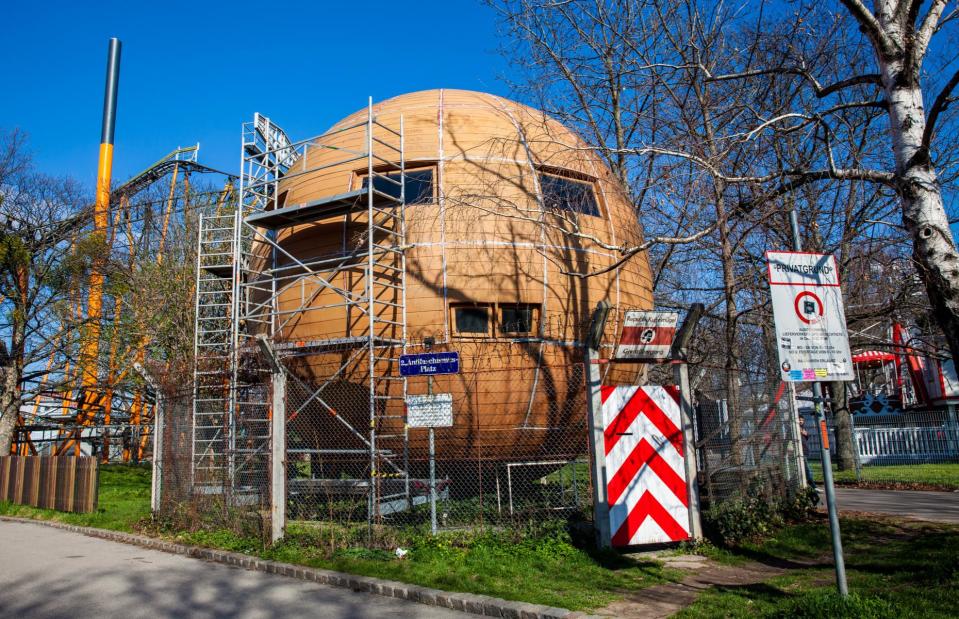
Anamaria Mejia/Shutterstock
Located in Prater park in Austria's capital of Vienna, this ball-shaped house was proclaimed a republic in 1982 after a dispute between artist Edwin Lipburger and the authorities over its building permit. When Lipburger first built it 11 years earlier without permission in Lower Austria, he was arrested and sent to jail for 10 weeks.
Republic of Kugelmugel, Vienna, Austria
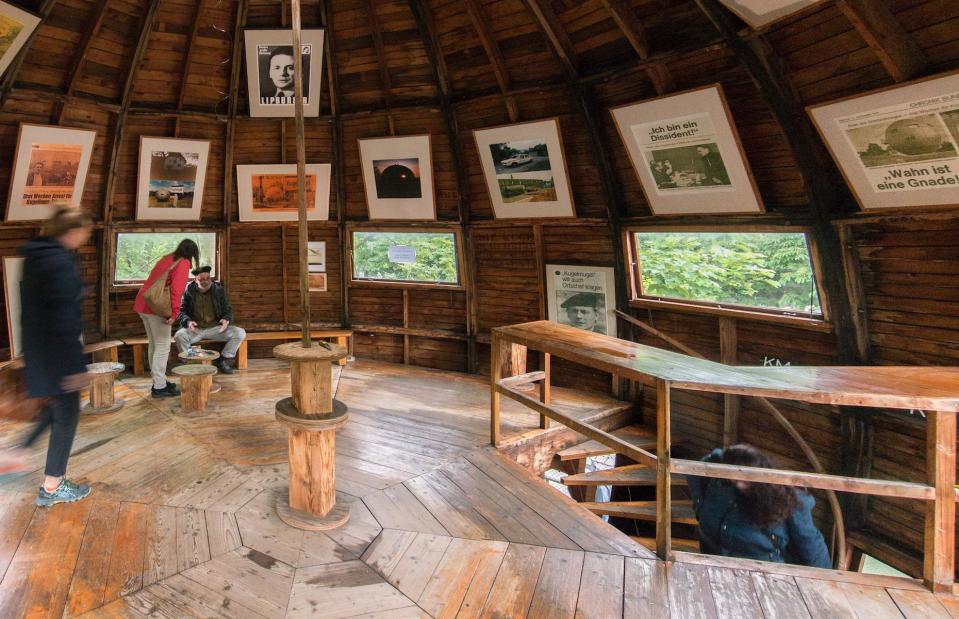
Thomas Ledl/Wikimedia Commons/CC BY-SA 4.0
Kugelmugel houses regularly changing art exhibitions, which have continued after the death of its founder in 2015. To continue his father's legacy, Lipburger's son Nikolaus keeps the sphere open to the public.
Republic of Kugelmugel, Vienna, Austria
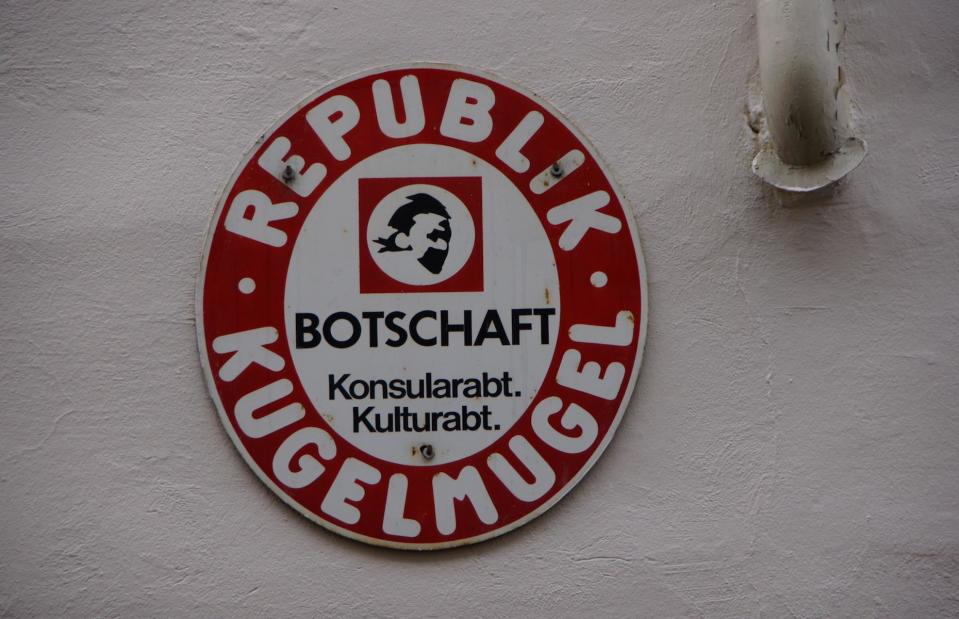
Martin Abegglen/Wikimedia Commons/CC BY-SA 2.0
The eye-catching house has the only address within the Republic of Kugelmugel: Antifaschismus-Platz 2 (2 Anti-Fascism Square). It's since been officially recognised by the city of Vienna.
Empire of Austenasia, UK
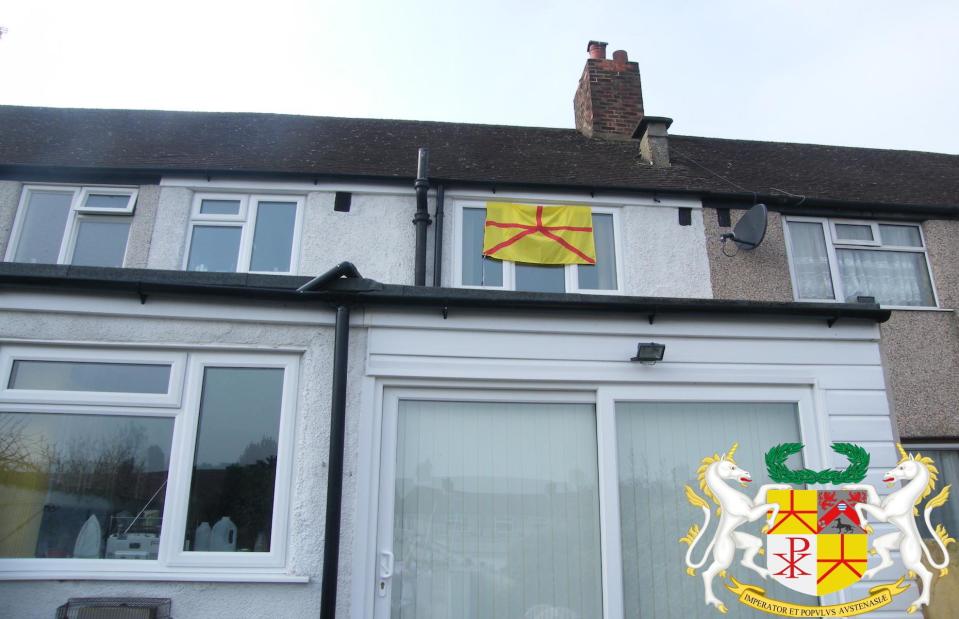
Jonathan Austen/Qwertyuiop1994/Wikimedia Commons/CC BY-SA 1.0
Who would have thought that a suburb in south London houses a tiny nation that claims to be independent from the rest of the UK? Formed in 2008 by a father and his son (the Austens), the 'capital' of the Empire of Austenasia is located in Carshalton and ruled by Emperor Jonathan I.
He doesn't stand alone in his fight to maintain independence, as 23 other properties in the UK and around the world claim to be part of his family-home micronation, pictured here.
Empire of Austenasia, UK
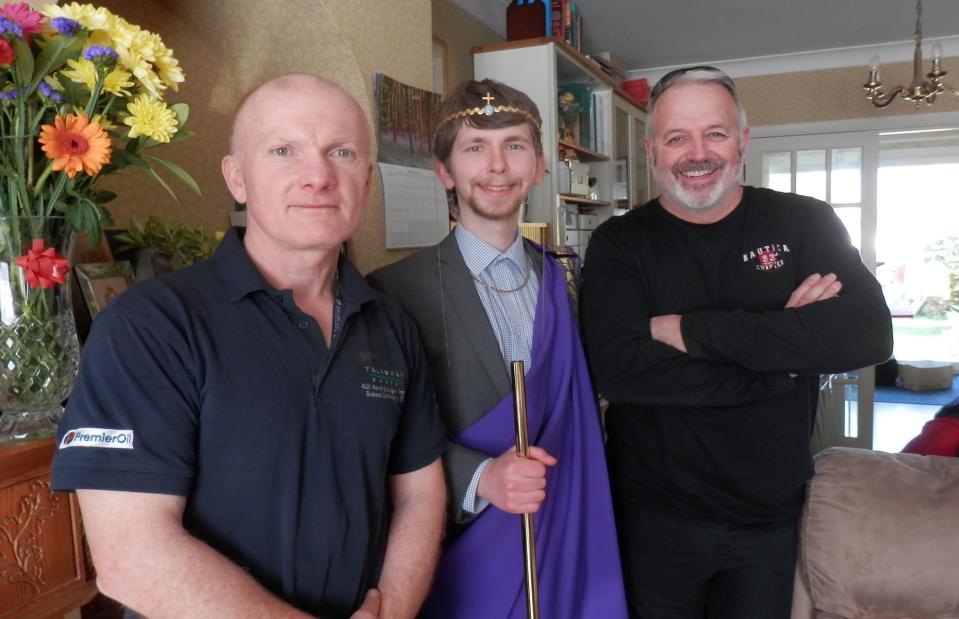
Jonathan Austen
Its territory is spread across the UK, along with a university campus in Australia, a holiday home in the Hebrides and houses in the US, Montenegro, India and Algeria. Austenasia proudly states it's a nation of 85 citizens and Emperor Jonathan I (pictured in the centre with two tourists in his house) is usually happy to welcome curious visitors to his capital, Wrythe – subject to prior arrangement.
You can even buy Austenasian coins and postcards as souvenirs.
Grand Duchy of Flandrensis, Antarctica
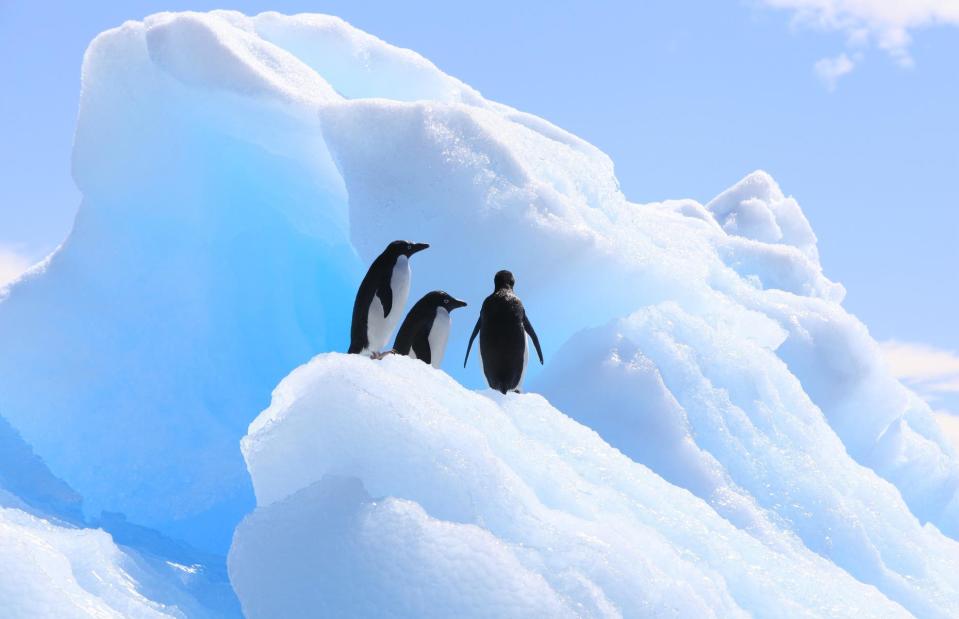
Ng Wai Lam/Shutterstock
You won't find any humans in the territory of the Grand Duchy of Flandrensis. This micronation consists of five islands off the coast of western Antarctica and claims to be the only country in the world that doesn't want any people on its grounds.
However, that doesn't mean you can't become a Flandrensian citizen.
Grand Duchy of Flandrensis, Antarctica
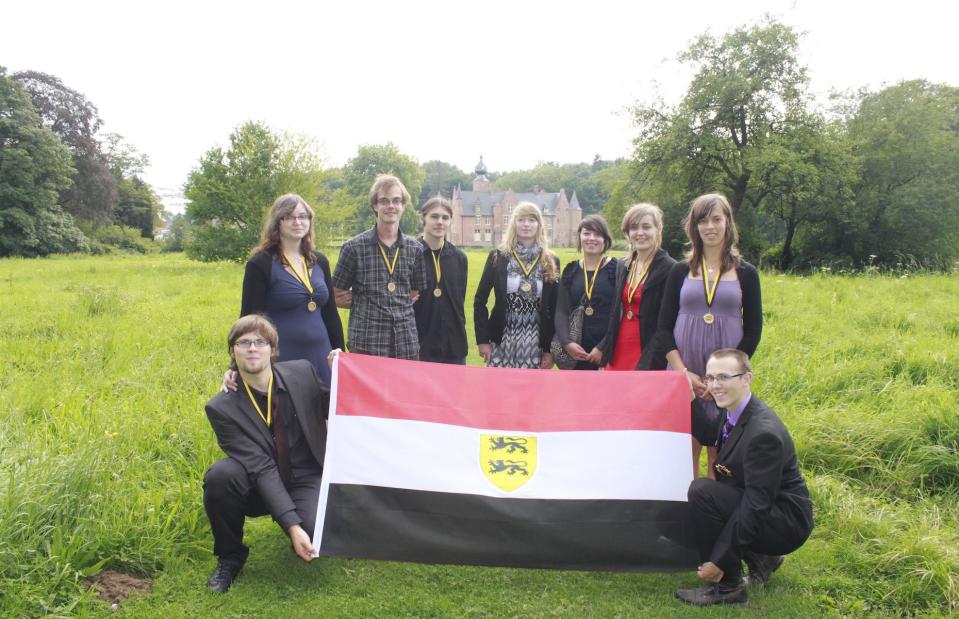
Lyam Desmet/Wikimedia Commons/CC BY-SA 3.0
As of 4 September 2023, Flandrensis is a community of 855 citizens of 77 different nationalities trying to protect Antarctica. By founding his own micronation near the South Pole back in 2008, Belgian activist Niels Vermeersch wanted to raise awareness of melting polar ice.
Grand Duchy of Flandrensis, Antarctica
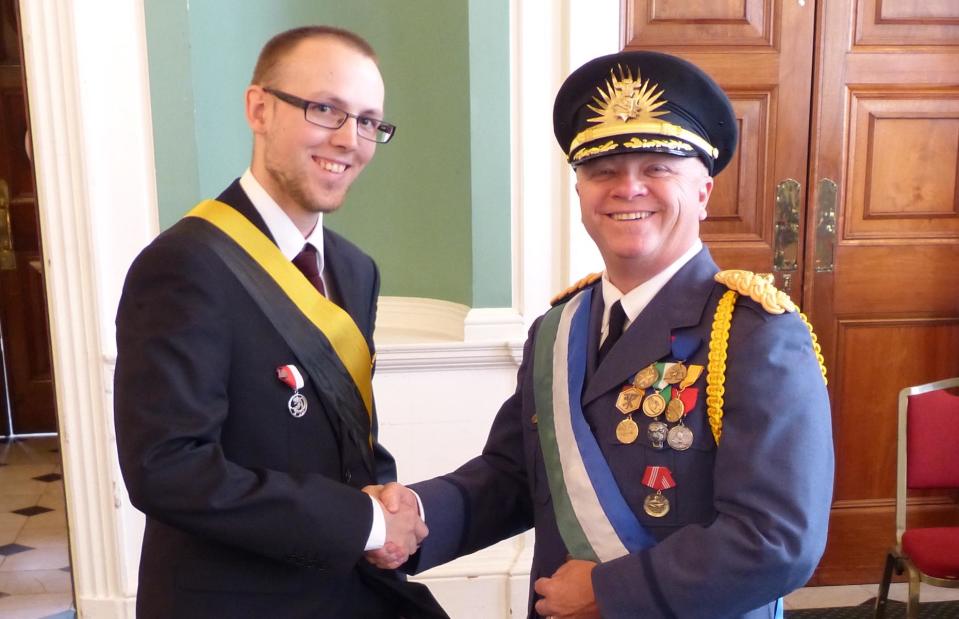
Lyam Desmet/Wikimedia Commons/CC BY-SA 3.0
The self-declared head of state, the Grand Duke Niels van Flandrensis (pictured left with Kevin Baugh of the Republic of Molossia at a micronation conference in London), keeps himself busy with involvement in environmental affairs and promoting micronationalism. If you are interested in joining Flandrensis, you can complete an online application form.
Republic of Užupis, Vilnius, Lithuania
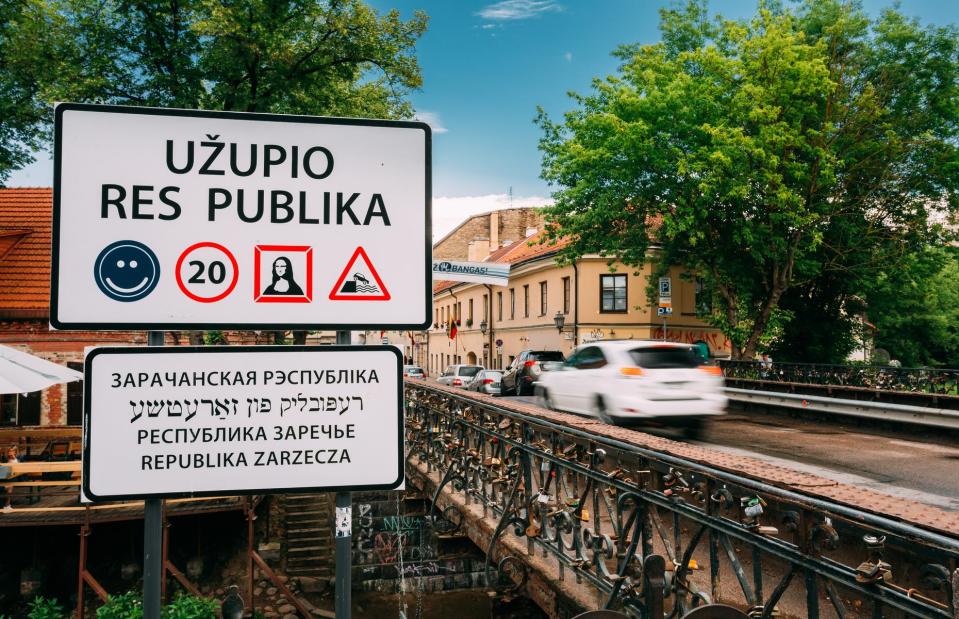
Grisha Bruev/Shutterstock
The Old Town of Lithuania's capital Vilnius hides a secret. About 0.3 square miles (1sq km) of it belongs to the self-declared Republic of Užupis. It's one of the smallest republics in the world, with its own president, constitution, currency and even a navy consisting of a few small boats.
Every year on 1 April it's Užupis Day, when residents celebrate their independence.
Republic of Užupis, Vilnius, Lithuania
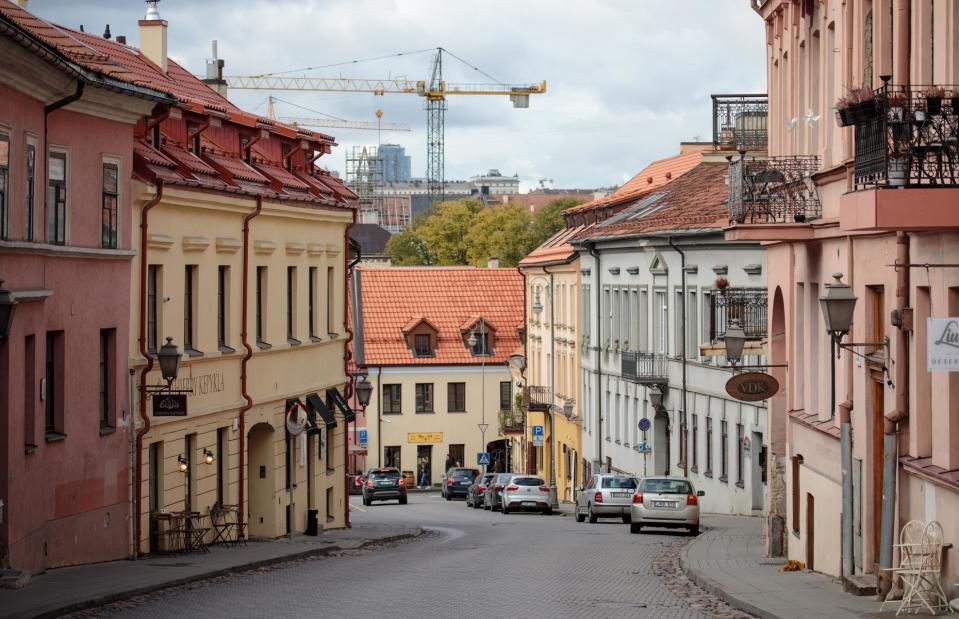
Birute Vijeikiene/Shutterstock
Užupis is a beautiful place with pastel-hued houses hinting at its Soviet past, cobbled streets and lots of artistic flair. In fact, it was founded by a group of local artists in 1997 and the republic's current president is a poet, musician and film director. Whether Užupis' self-proclaimed independence is to be taken seriously or not, no one quite knows.
Republic of Užupis, Vilnius, Lithuania
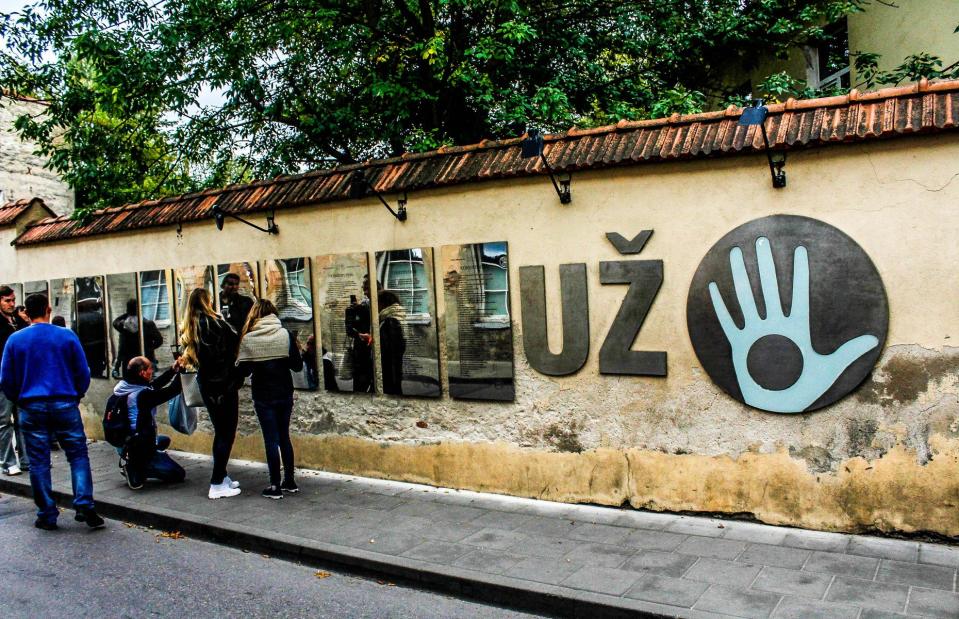
Julia Khvoshch/Shutterstock
The symbol of Užupis is the 'Holy Hand': a blue hand with a hole in the middle, symbolising an inability to accept bribes and that there's nothing to hide. The micronation's creative community usually regularly hosts fashion festivals, concerts, exhibitions and poetry events.
Kingdom of Talossa, Milwaukee, USA
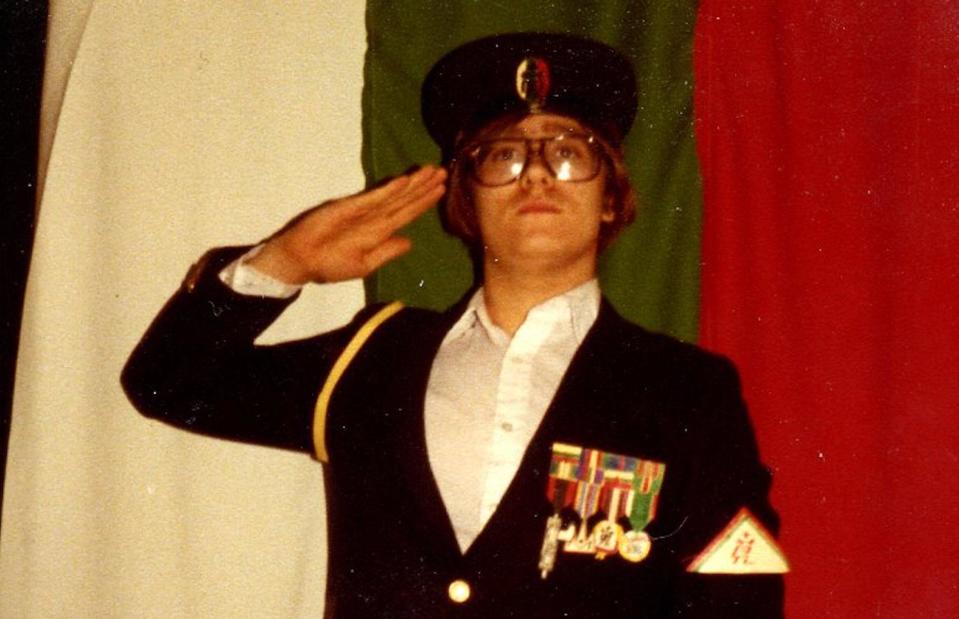
Public domain/Wikimedia Commons
In 1979, 14-year old Milwaukee resident Robert Ben Madison (pictured) declared his second-floor bedroom in his house to be a sovereign state and announced it to be the Kingdom of Talossa. He invented a flag, currency, legislation, and most astonishingly its own language, Talossan, including a lexicon of more than 35,000 words.
However, even though Madison's micronation still exists today, he is no longer part of it.
Kingdom of Talossa, Milwaukee, USA

Sean Pavone/Shutterstock
After gaining a lot of publicity in the 1990s, Talossa's kingdom, formerly consisting of only a few citizens living in Milwaukee (pictured), developed into a large internet community, finally leading to Madison's abdication in 2005. It is now ruled by King John and is mainly an online community, which you can join by writing a letter to the Talossan Interior Minister.
Nation of Celestial Space, Space
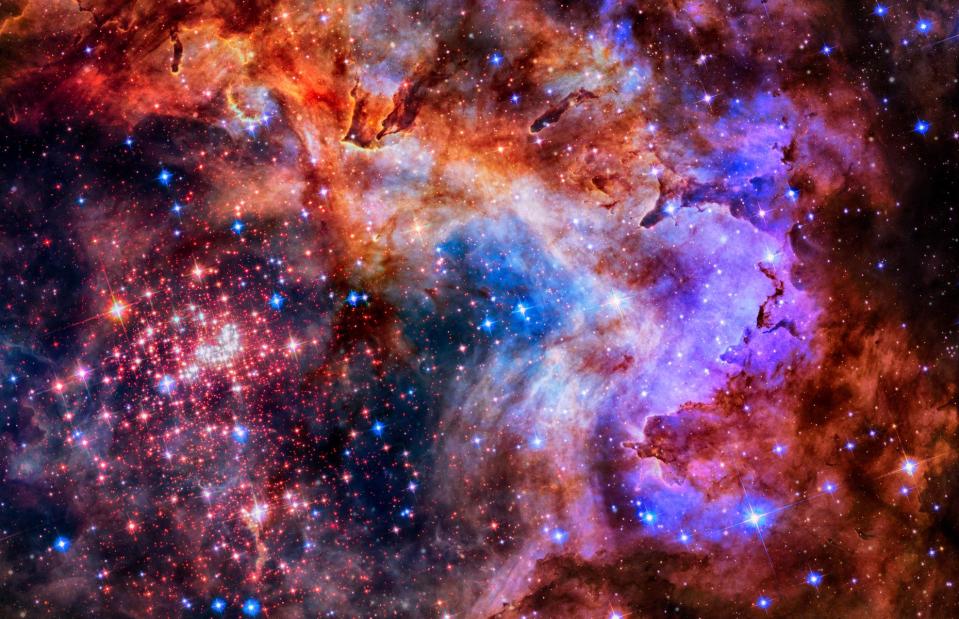
Outer Space/NASA/Shutterstock
It might sound somewhat megalomaniacal, but this micronation created by Illinois resident James T. Mangan comprises the entirety of outer space. The eccentric author declared the so-called Nation of Celestial Space in 1949 to the United States, Soviet Union, United Kingdom and United Nations on behalf of humanity, so no country could ever establish a political hegemony in the universe.
Nation of Celestial Space, Space

Public domain/Wikimedia Commons
Mangan was engaged in promoting Celestia for many years, claiming almost 20,000 members in 1959 and even applying for membership of the United Nations. However, his micronation is thought to have eclipsed with the founder's death in 1970, despite still operating online.
Aside from space itself, all that remains of his nation are some rare coins, the Celestons (pictured), and passports issued in Celestia's name from the 1950s and 1960s.
Kingdom of Tavolara, Sardinia, Italy
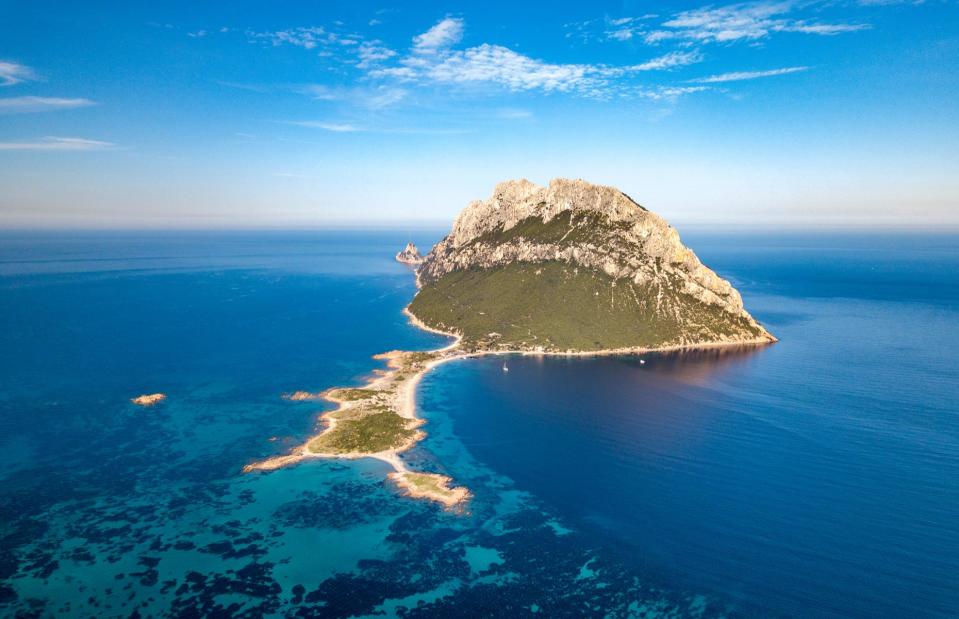
Marco Alien/Shutterstock
Not all micronations are drug-fuelled communities or strangely-shaped buildings. A stunningly beautiful island off the northeast coast of Sardinia houses the tiniest self-proclaimed kingdom in the world.
Tavolara claimed independence from what is now Italy in the early 1800s and 200 years later, still has a king on its throne.
Kingdom of Tavolara, Sardinia, Italy
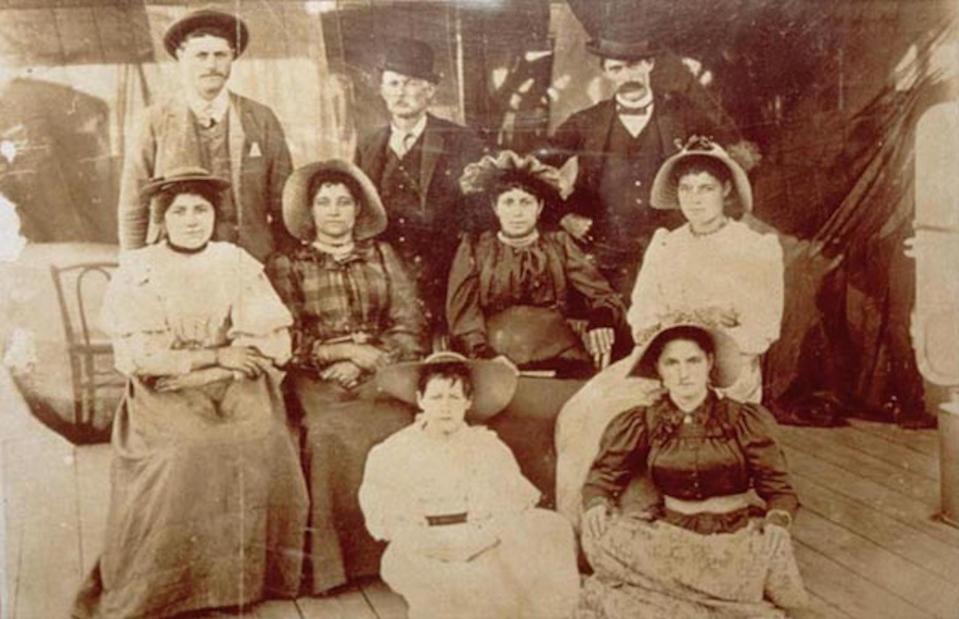
Wikimedia/Public domain
The kingdom has been reigned by the Bertoleoni family (pictured) since the beginning. The members were once the only inhabitants of Tavolara island, which had been abandoned in the 1730s because of piracy.
The tomb of its founder Paolo I can still be seen in the graveyard on the island.
Kingdom of Tavolara, Sardinia, Italy
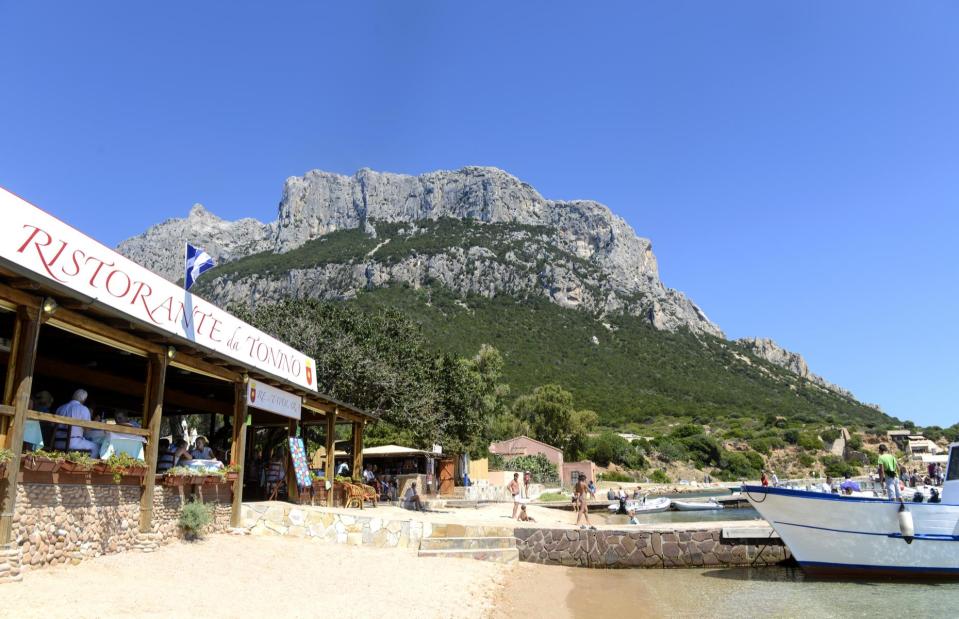
Paolo Bona/Shutterstock
Having ruled over Tavolara for 25 years, king and former fisherman Antonio 'Tonino' Bertoleoni usually welcomes visitors with open arms and serves the country's best cuisine in its only restaurant, Da Tonino – Re di Tavolara (pictured). The island is a popular diving destination, situated just off Sardinia's Costa Smeralda, and has natural wonders such as a cove and beautiful beaches.


